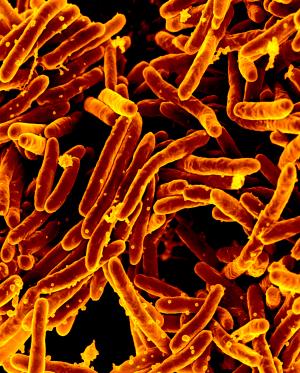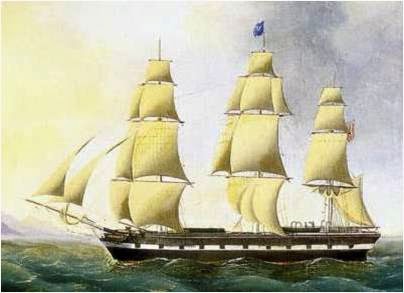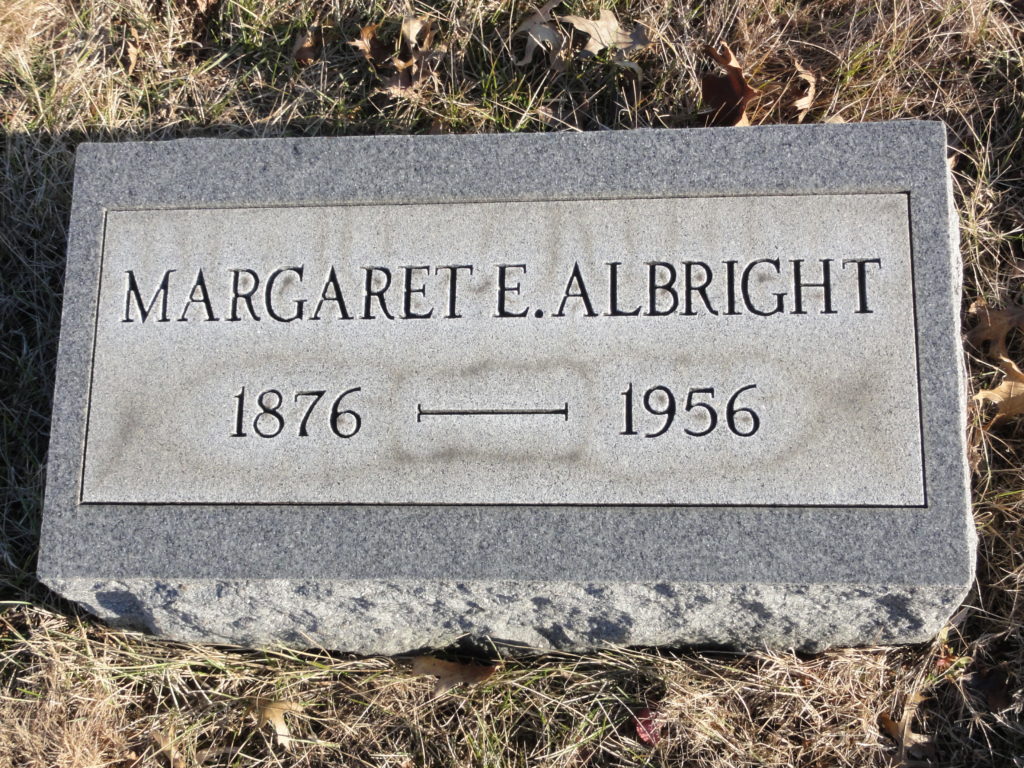Johann Peter Albrecht came from a family who had been in Walldorf, Germany, for at least 5 generations. He was born on October 13, 1836, which made him a subject of the Grand Duke of Baden.
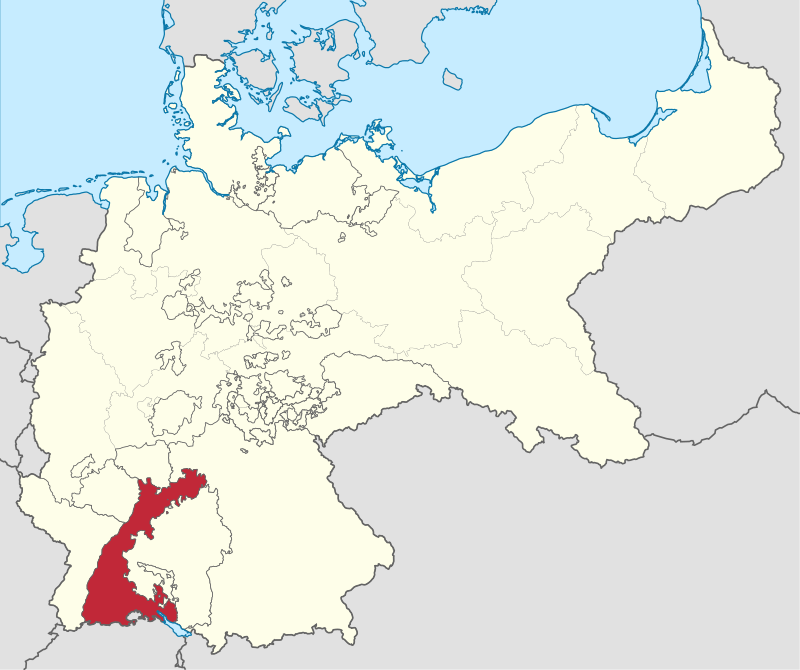
He sailed from Le Havre, France, on the ship Helvetia, arriving in New York City on November 28, 1853. It appears that he may have sailed with a cousin or uncle’s family, since he was 17 and listed in his own entry separate from Georg and Catharine Albrecht’s family on the same ship.
There was a revolution in Baden in 1849 and in 1852, the Grand Duke died, leaving his second son ruling by regency in place of his apparently incompetent eldest son. Meanwhile, the Potato Famine of Ireland was also happening in Germany. And Peter’s mother died in 1850. I could see it all combining to make 1853 a good year to bail out for the US.
Barbara Gaebel, was born on July 14, 1839, in Großbockenheim, Bavaria — the larger of 2 small town subcenters, apparently, of a municipality currently known as Bockenheim an der Weinstraße. Her parents were Carl Gaebel and Jacobina Kennel. I found 2 possible courses for Barbara’s early life:
- her mother remarried in 1841 and went on to have 9 children with that man, with the presumption of the era that Carl Gaebel had died
- Carl and Jacoba Gabel arrived in New York City with 1-year-old Barbara on July 20, 1840, aboard the ship Elisha Denison, having sailed from LeHavre
I’m opting to consider the latter the canonical version at this point. In the late 1830s, Bavaria became much less friendly toward Catholics; it might not be unreasonable, if the Gabels were Catholic (which later evidence suggests), to think they might have hightailed it out of there with their infant.
Both the Helvetia and the Elisha Denison appear to have been 3-masted square-rigger ships that traversed the Atlantic regularly. The Helvetia was a newer ship, built in 1850, able to make the trip in between 38 and 53 days, apparently. We can probably expect that the Elisha Denison took somewhat longer, though I can’t find any immediate stats on that.
In any case, Peter and Barbara married sometime before 1860 and were settled in Philadelphia by 1860.
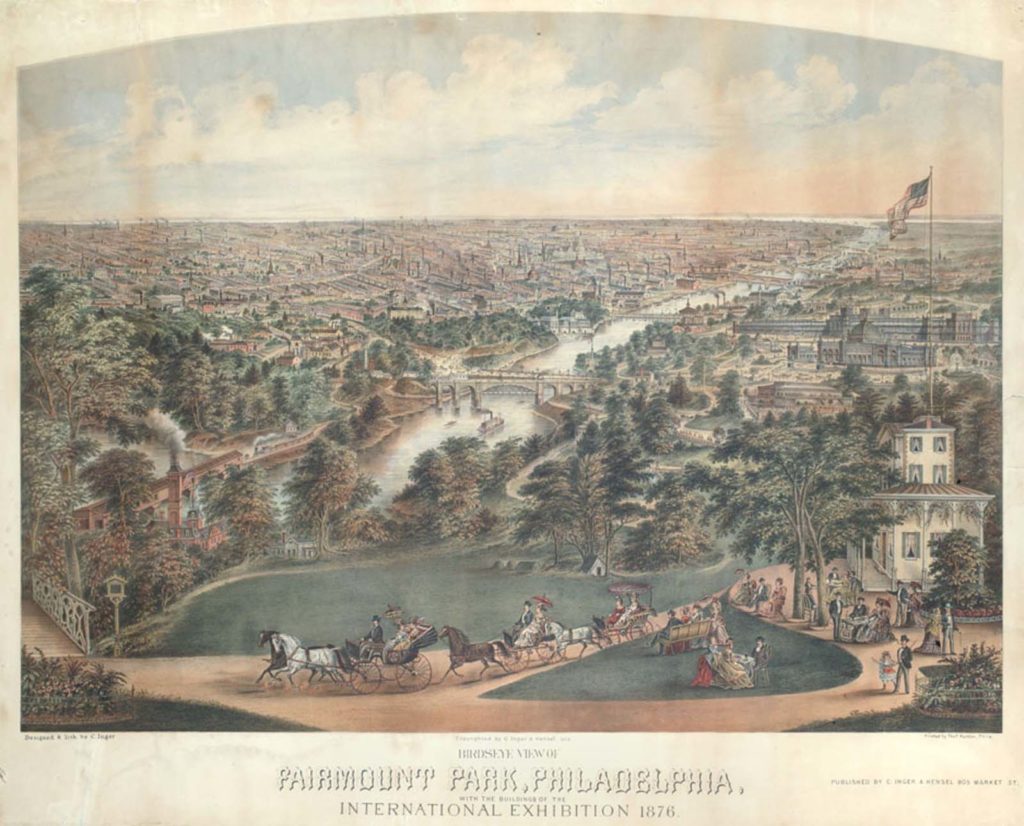
Their first child, Charles, was born on August 3, 1860, in Pennsylvania, and they went on to have at least 11 children:
- Charles (1861–1897)
- Catharine (1866–1896)
- Peter (1867–1867)
- George (1868–1902)
- Oliver (1868–1868)
- Clara (1869–1870)
- Emma Regina (1871–1946)
- Elizabeth (1872–1941)
- Anna Maria (1875–1903)
- Margaret (1876–1956)
- John (1880–1928)
You’ll notice a few things in their list of children:
- There’s a gap between Charles (born 1860) and Catharine (born 1866) which is, in most part, explicable by Peter spending 3.5 years in the Union Army. He was a private in the 3rd Pennsylvania Cavalry, Company A, and was apparently the surgeon’s assistant by dint of his training as a butcher. (Yes, surgery in the Civil War was exactly that horrifying.)
- 3 of the children didn’t make it out of infancy, which is not unusual at all. Peter Jr and Oliver each died a few hours after birth, Clara died of teething and pneumonia (likely an infection from teething that spread to the lungs).
- There is an interesting cluster of 4 children dying between 1896 and 1903.
It is this last that I find especially fascinating. Hang on, let’s put the deaths in order, add in Peter and Barbara, and add causes of death.
- Barbara, 13 April 1896: inanition
- Catharine, 18 October 1896: acute myelitis
- Charles, 4 January 1897: pleuropneumonia
- George, 27 April 1902: pulmonary phthisis
- Anna Maria, 20 September 1903: tuberculosis
- Peter Sr, 15 April 1904: cancer of the throat and face, with the contribution of “effusion on the brain”
Parts of Philadelphia in the late 1800s were so densely populated that tuberculosis ran rampant. I also note that all the Albrecht children were still living at home as of 1896 — 8 children and 2 parents living in a corner house either behind or above the butcher shop on South 8th St. That made for pretty crowded conditions.
Barbara’s cause of death, as we know from previous death certificate adventures, is thoroughly unhelpful. She stopped eating. It could have been cancer. It could have been any disease at all. Her obituary is unhelpful too.
ALBRECHT. On the 13th. BARBARA, wife of Peter Albrecht. nee Goebel, aged 56 years. The relatives and friends of the family are respectfully invited to attend the funeral, on Friday morning at 7.30 o’clock, from her husband’s residence, 1401 South Eighth street. High Mass at St. Alphonsus’ Church. Interment at Holy Cross Cemetery.
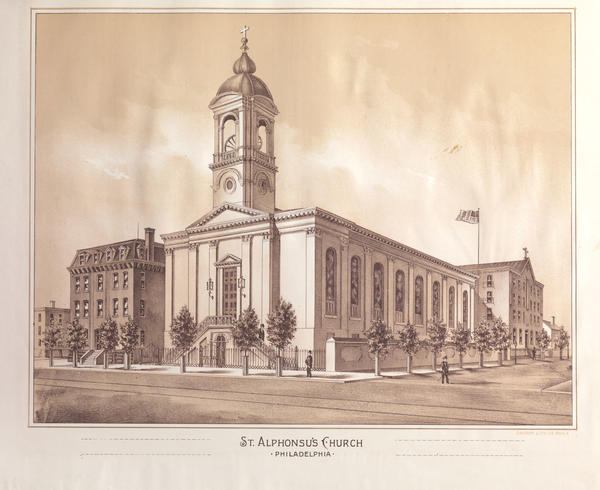
Catharine died 6 months after her mother. This could be terrible luck — she developed acute myelitis — inflammation of the spinal cord as a result of… something? Some infectious disease, most likely. It could have been typhoid (there was a sizable outbreak in 1898-1899), or polio (an up and coming disease), or influenza (there had been a pandemic in 1890, but there’s always the yearly flu). It could also have been tuberculosis. Now, we have no evidence from the documents that TB was knocking about in the Albrechts’ crowded house yet.
But less than 3 months later, Charles died of pleuropneumonia (pneumonia complicated by pleurisy, or inflammation of the tissues around the lungs). This is a really odd cluster of bad luck. I mean, it could be just bad luck. There could’ve been a flu outbreak that took out both brother and sister that winter. Especially because we still don’t have proof of TB. But pleurisy is one of the first symptoms of TB outside the lungs, and the doctor may have been simply literal. I have also seen this diagnosis crop up in another family in a mother whose child subsequently died of TB, suggesting that the mother had had it as well.
But then George died of pulmonary phthisis — the unnecessarily unpronounceable 19th century medical term for pulmonary tuberculosis. Granted, he died 5 years after Charles, but TB can have a long latency period. He might have caught something else that compromised his immune system — another round of flu, perhaps — and that allowed latent TB to become active. Or possibly the previous deaths were not TB at all and he just picked it up at work sometime.
A year and 5 months later, Anna also dies of TB. Did she also have latent TB, or did she avoid it until George got it? It’s impossible to know now.
And lastly went Peter, 7 months after Anna and 8 years almost to the day after Barbara died. Cancer of the throat and face is not necessarily directly linked to TB, though TB does increase chances of it. Apparently, laryngeal TB can masquerade as cancer, forming a sizable mass. But the involvement of the face argues against that misdiagnosis. The era suggests that this could have been tobacco use, of course, or perhaps some horrific chemical exposure that only butchers might experience. But at this distance one can never tell.
Certainly it could be terrible luck. Bad luck continued to dog this family even after this horrific cluster of deaths left only 4 children behind.
- Emma Regina (1871–1946)
- Elizabeth (1872–1941)
- Margaret (1876–1956)
- John (1880–1928)
It is worth noting that Emma got the heck out of Dodge in 1899 when she got married and moved out, which probably kept her from having to be potentially infected by TB (assuming there wasn’t an earlier outbreak that she survived). Elizabeth married in October 1902, after George died and before Anna. This left Margaret and John in the house when Anna, then Peter died. Margaret went into service, living in a home with a family with a small child in a middling-wealthy part of Philadelphia, while John moved in with Elizabeth a few blocks down South 8th St, in the house next-door to Peter’s first butcher shop.
John died first, in 1928 of gangrene of the right foot due to diabetes. Emma, sometime in the early 1940s, also experienced complications from diabetes that resulted in amputation of one of her legs.
Elizabeth, who was married but never seems to have had children, died next, the evening of October 26, 1941, in Philadelphia, age 69. She’d been struck by “a car that failed to stop” at 17th St and Passyunk Ave, just 3 blocks from her house.
Emma died on January 10, 1946, age 74, having been the only one of her siblings to have children, and having lived to know her 5 grandsons and even met at least one great-grandchild. Margaret died in February 1956 at the age of 79, and was buried near Emma (and Emma’s husband) and John.
I continue to have deep suspicions about the entire death cluster that comprises 8 years around the turn of the century, though I don’t have any proof. It’s sort of like another, smaller cluster in another branch of the family that is extremely suggestive that the family suffered a Helicobacter pylori infection. I’ll never know the answers, but the evidence is tantalizing and I’ll just keep speculating as long as I work on these family trees.

